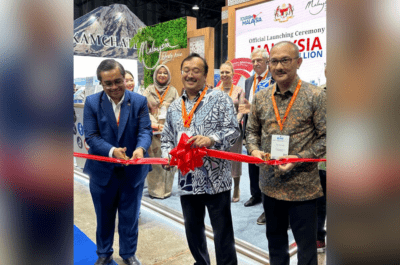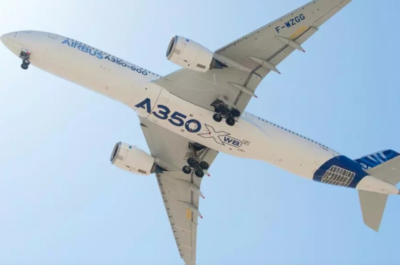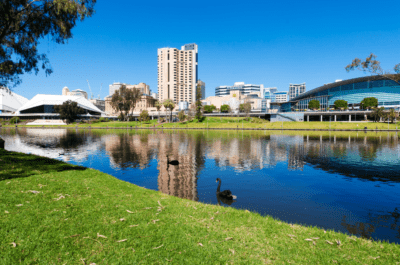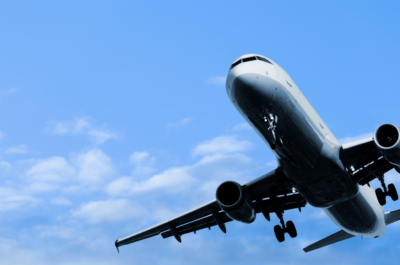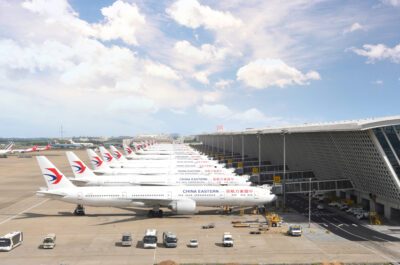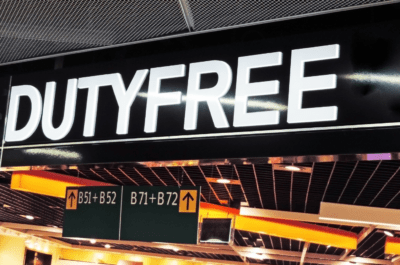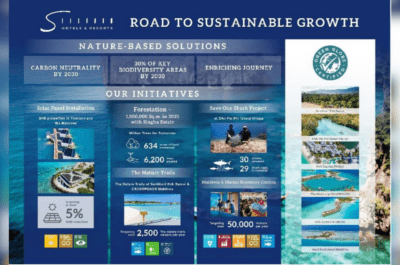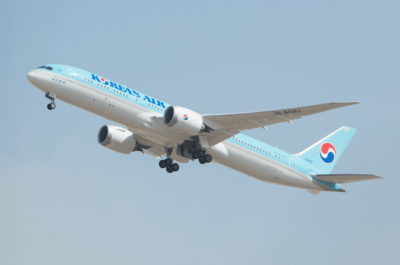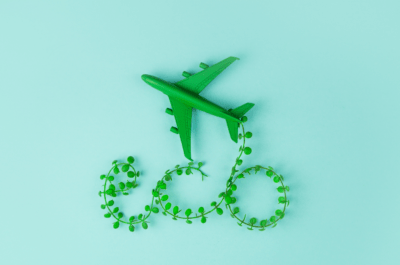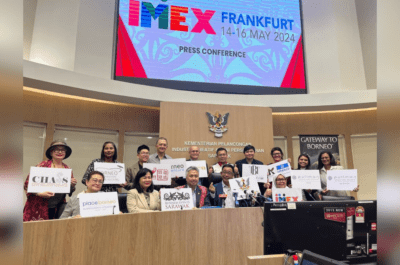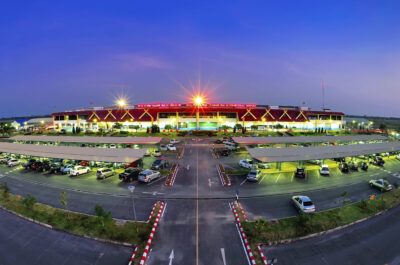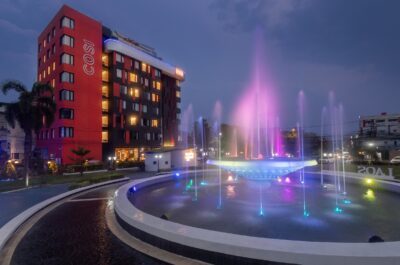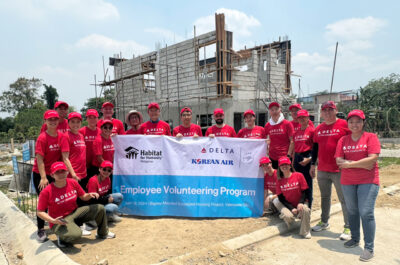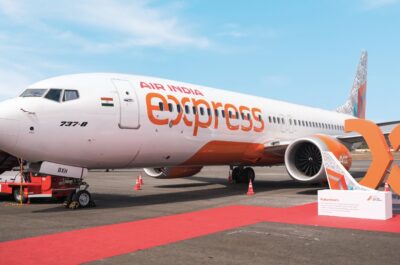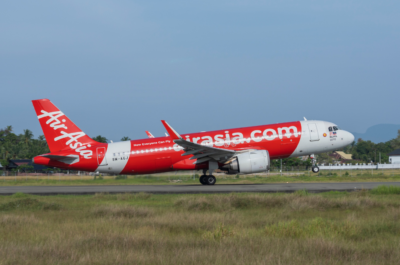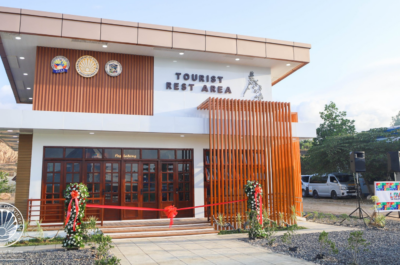…
A close look at the air transport potential for major cities across the region offers a glimpse into the future of air travel in Asia Pacific
The recently released report “The Economic Impact of Air Service Liberalization” demonstrated that a liberal air transport policy is the best tool to stimulate air travel around the world.
That got us thinking: how is it possible to assess if a particular market, city or tourist destination has an appropriate supply of air transport links? To answer,we took a look at the number of airlines and the number of destinations served to and from specific markets. Our findings form the basis of this edition of Issues & Trends.
GATHERING THE DATA
To give a substantive overview of the air supply, we looked at the total number of available seats (scheduled) offered in a week, and divided that by the total number of inhabitants living in the immediate area surrounding particular airports. This ratio, between the scheduled air seat supply and the number of inhabitants, was used to give some idea of the air transport supply available for each airport.
Air travel propensity for a mature destination would range from 12 to 30 seats per 100 inhabitants. At over 30 seats, a market can be considered close to saturation point. At below 6 air seats per 100 inhabitants, a city is under-served compared to the available population.
Some uncertainties still remain about the accuracy of the data, especially for the population counts, as the methods of estimation –and the exact definition of what constitutes a metropolitan area – often vary.
For example, the metropolitan population of Kuala Lumpur as measured in this study comprises 4.5 million people, while other sources give a population of only 2.5 million. Basing the calculation on the population of a metropolitan area also excludes temporary populations such as day visitors or tourists. However, it would be difficult to integrate the number of tourists for each Asian city as reliable data are not always available.
DEFINING A MATURE CITY MARKET
In terms of air travel, a mature market is defined as a city with a population sufficiently affluent to generate a substantial outbound market; a city which offers connections to and from all the parts of the globe; a city with an airport having the status of a world gateway as well as a hub for one or more global air alliances; and a city which is also a popular tourist destination, generating a substantial inbound market.
The legal framework for air transport development is an essential element in the development of air travel propensity. This is the case for Dubai, Hong Kong SAR, the UK, Australia, Singapore, Malaysia and Thailand. In contrast, countries with restrictive air transport policies, such as Indonesia, Vietnam or India (until last year), show low ratios of available air seats per inhabitant.
Few cities actually meet all these criteria. Based on these standards, the ideal mature markets in Asia appear to be Hong Kong SAR, Singapore and Tokyo. The three cities are world-class, assure a high standard of living for their populations, have a comprehensive travelling population and are important tourist, economic and cultural centres. The three cities are also major air transport hubs and are easily accessible. In the Middle East, Dubai can now claim to have also reached world-class status for the same reasons as Hong Kong SAR and Singapore. With its complete open-sky policy, Dubai offers the highest air seat/inhabitant ratio in the world: there are roughly two available seats per every inhabitant.
The rapid surge in air transport in the last five open-sky policies in the region linked
HIGH PROPENSITY FOR TOURIST DESTINATIONS
Traditional tourist cities tend to have a high air travel propensity: Cairns, Australia has 64 available air seats per 100 inhabitants, Phuket stands at 30.5 seats per 100 inhabitants, and Siem Reap/Angkor has 28 seats. However, to give a more accurate figure, it would be necessary to integrate the number of tourists to assess the regional propensity. Integrating the 1.97 million tourists to the population of Phuket, air travel propensity falls to only 4.4 seats per 100 persons. By integrating the 1.31 million tourists to Cairns and its surrounding areas, the ratio goes down to 7 seats per 100 inhabitants.
GREAT POTENTIAL FOR SOUTH ASIA
Decades of protectionism, lack of investment in air transport infrastructure and restrictive bilateral agreements have led to years of inertia in India in terms of air capacity. Despite the arrival of many new airlines, India’s air travel propensity remains the lowest in Asia. Kolkata has one of the world’s lowest air seat-to-inhabitant ratios: 100 inhabitants have to share less than one seat! But even
Delhi, India’s capital city, and Mumbai, the main business hub, are poorly served, with 2.3 seats and 2.8 seats, respectively, for every 100 inhabitants.
This represents an average of 2.5–3 times fewer available seats than for a city in China (PRC). The small number of air seats can also be explained by the dominance of Indian railways in domestic travel: some six billion trips by rail in India every year compared to 25 million trips on Indian air carriers.
Elsewhere in South Asia, Colombo and Kathmandu are the best-performing cities, with 4.8 and 3.5 seats, respectively, for every 100 inhabitants. This is no coincidence as both Sri Lanka and Nepal implement fairly liberal air transport policies in order to boost tourism.


NORTHEAST ASIA: CHINA (PRC) SURPASSES JAPAN
Air travel propensity in Northeast Asia shows that a high number of markets have already reached a certain degree of maturity. China (PRC) is of course the leader in terms of expansion. The strong rise in disposable income for China (PRC) generated a boom in air travel. In 2005,Chinese airports welcomed 138 million passengers, up by 5.5% over 2004.
According to the Chinese Civil Aviation Commission (CAAC), the average annual growth rate for passenger air traffic over the tenth five-year plan period, which ended in 2005, was 15.5%. Consequently, supply followed demand, with airlines multiplying flights to China (PRC). New international services increasingly target regional cities such as Chengdu, Kunming, Shenzhen or Xiamen, beyond services to China (PRC)’s three major air gateways of Beijing, Guangzhou and Shanghai. Air travel propensity in Beijing is already on par with more mature markets such as Chinese Taipei, with 11.5 air seats available for every 100 inhabitants.Secondary aviation hubs such as Chengdu, Kunming or Xiamen even show better performances, with 12.5 to 14.5 seats per 100 inhabitants.
Japan’s air travel propensity could appear to be disappointing. Tokyo has a supply of only 7.6 seats per 100 inhabitants. Osaka’s performance is even lower, at 5.2 seats. Many reasons can explain these low ratios: domestic air transport faces strong competition from trains.
According to the Japanese Ministry of Transportation, Japan recorded 87.9 billion domestic trips in 2004, of which 90 million were by airline and 21.8 billion were by train. Nonetheless, the expansion of air capacities on both domestic and international routes has resulted in the almost complete saturation of Tokyo’s two main airports due to an insufficient number of runways and available slots for airlines. Osaka faces similar difficulties, with only one long runway. The ratios of air seats to inhabitants in Fukuoka and Sapporo may point to a more mature market, but these only apply to domestic travel. Only 3.3% of weekly seat capacity in Sapporo and only 13.5% of weekly seat capacity in Fukuoka is available on international routes. By comparison, seat capacities on international flights reach a market share of 34% in Tokyo and 35% in Osaka.


SOUTHEAST ASIA: BANGKOK SET TO RISE
The rapid surge in air transport in the last five years comes mainly from increasingly liberal open-sky policies in the region linked to rising disposable income in Southeast Asia. The emergence of low-cost airlines also contributed to the surge as road traffic has converted into airline traffic.
The construction of new airports in the region (Kuala Lumpur-Sepang in 1998 and Bangkok-Suvarnabhumi in 2006) also added new air capacity to the region. Singapore is the benchmark for the region in terms of air travel propensity, with 19.7 air seats for every 100 inhabitants. Propensities for Kuala Lumpur and Bangkok both follow Singapore. The recent opening of the new Bangkok Suvarnabhumi airport will certainly contribute to a rise in the number of air seats available per inhabitant as Thai Airways has an ambitious programme to strengthen its hub capacity.
There is an evident lack of capacity in Indonesia, the Philippines and Vietnam, linked to restrictive policies. All these countries continue to protect the interests of their national carriers. Vietnam is the most regulated as air transport is dominated by strict bilateral agreements, with the exception of other countries in Indochina, where a complete open-sky policy is already implemented. As Indonesia and the Philippines deregulate their domestic skies, they remain more cautious to opening their skies to foreign airlines.Manila has slightly over half of its air seat capacity on international routes; Jakarta, 30%. This share is even lower in Medan (24.7%) and Surabaya (12.8%). Bali has 49% of all its seat capacity taken up by international flights, the highest in Indonesia.



PACIFIC: MATURE DOMESTIC MARKETS
High living standards, long distances and a liberal open-sky policy make Australia and New Zealand ideal mature markets in terms of air travel propensity. Air seat-to-inhabitant ratios are some of the highest in the Asia Pacific region: the average for Australian major metropolitan areas amounts to roughly 20.2 air seats per 100 inhabitants, while New Zealand cities see an average of 31 seats per 100 inhabitants.
In Australia, traditional tourist destinations have a high ratio of air seats per 100 inhabitants: Alice Springs and Cairns both reach 64 air seats, with Darwin at 45.7 seats. It is important to note that the region’s high ratios apply mostly to capacities on domestic routes. The share of international flights among total available seats is lower in comparison to other subregions in Asia: 25% on average – with the exception of Auckland – compared to a range of 30%–45% on average in Northeast Asia and 45%–60% on average in Southeast Asia.


TravelDailyNews Asia-Pacific editorial team has an experience of over 35 years in B2B travel journalism as well as in tourism & hospitality marketing and communications.




![[PR] PR_Ascott and Vimut Hospital_2024](https://www.traveldailynews.asia/wp-content/uploads/2024/04/PR-PR_Ascott-and-Vimut-Hospital_2024-400x265.jpg)
